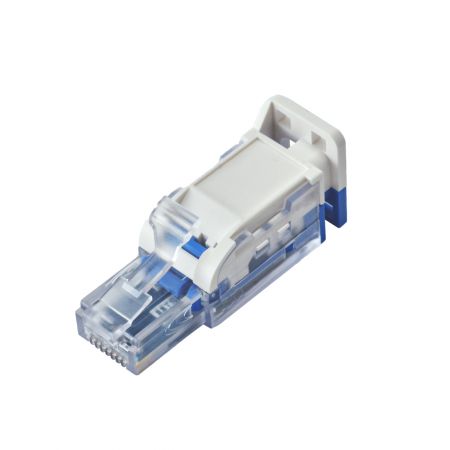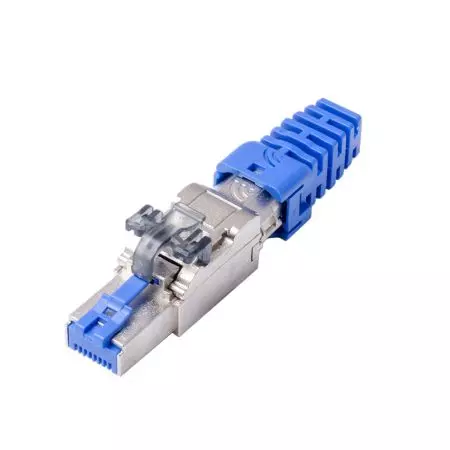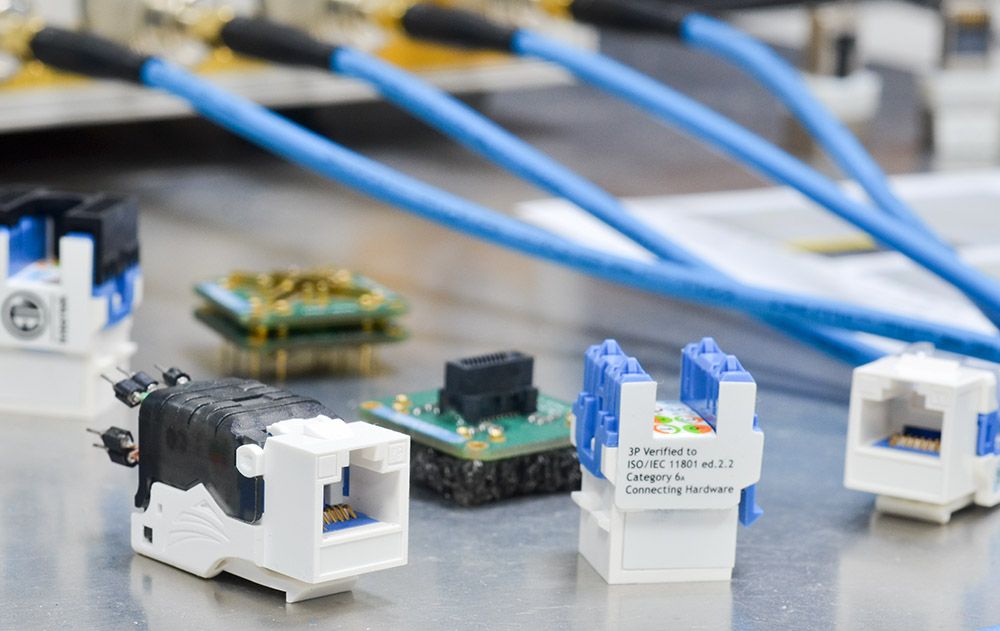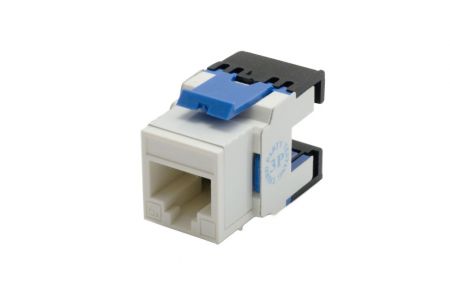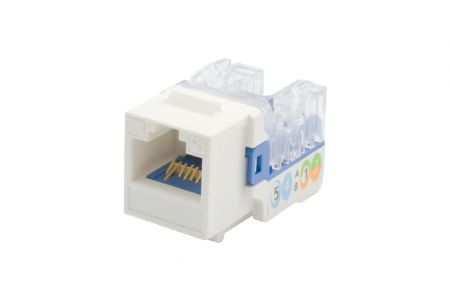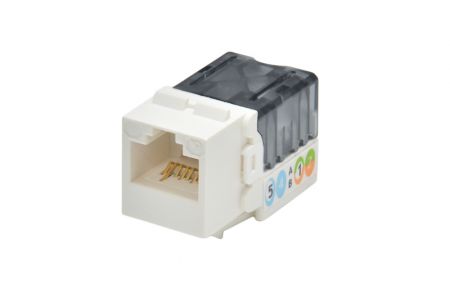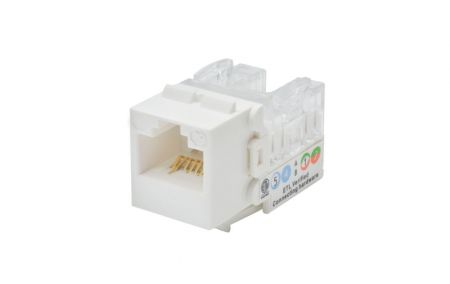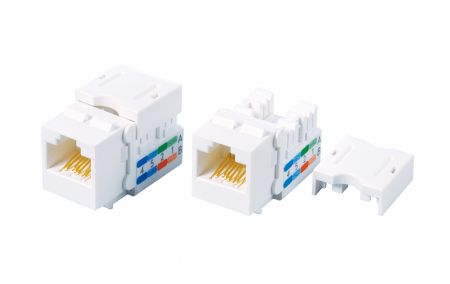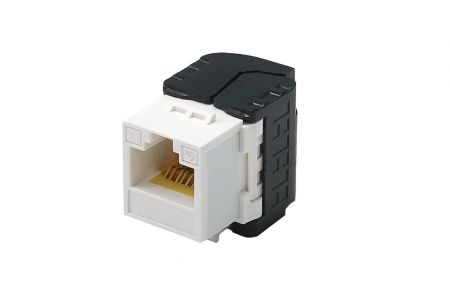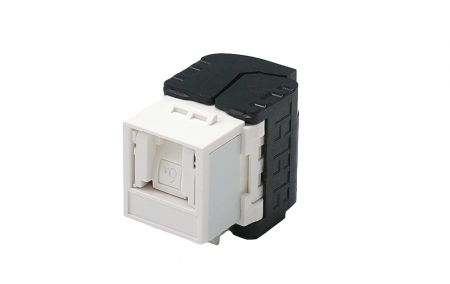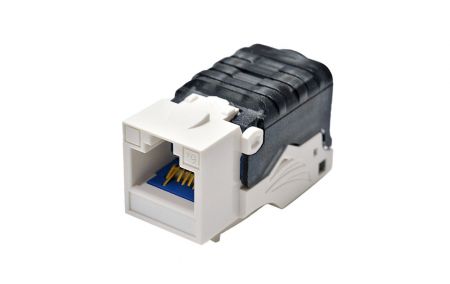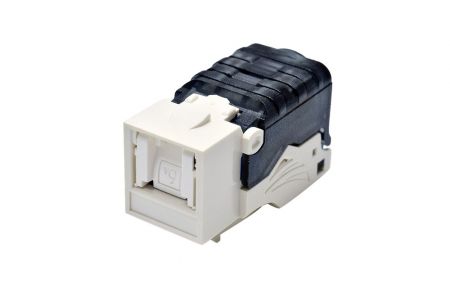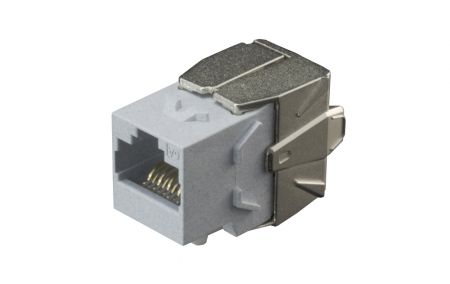UTP Component
Unshielded
In this segment, you will come across HCI Unshielded Component-Rated Keystone Jacks. They are available in various shapes and types.
- 180-degree / 90-degree
- Shuttered / Unshuttered
- Toolless / Punch down
Why Unshielded?
Unshielded Keystone Jacks provide cost advantages, as the UNSHIELDED is reasonably priced, especially when excluding the expenses associated with a costly metal shell or die-casting. This cost-effectiveness extends to the entire deployment, encompassing both the cable and grounding/bonding. However, these cost considerations are not the only factors to take into account.
In contrast, when dealing with shielded keystone jacks, careful attention must be given to grounding during installation to prevent it from acting as a large antenna picking up unwanted common-mode signals that significantly interfere with overall performance. Therefore, Unshielded Keystone Jacks stand out as a preferred option when contemplating 10GBASE-T cabling.
Why Component-Rated?
What does Component-Rated imply? It specifically indicates that the Keystone Jack itself complies with the strictest test limits for connecting hardware as defined by standards. The limits for permanent link are less strict, and those for the channel are even more relaxed. The rule is simple: the more connections lead to more signal loss. So, a jack needs to be Component-Rated to avoid failing the channel limit since up to four keystone jacks are permitted within a cabling.
Component-Rated jacks offer several advantages:
- Short links - You can avoid concerns about the minimum point-to-point cabling length (< 10 meters) typically required in data centers.
- Mix and match - Enjoy the flexibility to freely mix and match patch cords and cables from various suppliers to link up the cabling.
- More than 2 connections on the field - You'll have ample margins when establishing multi-connections in large-scale sites.

